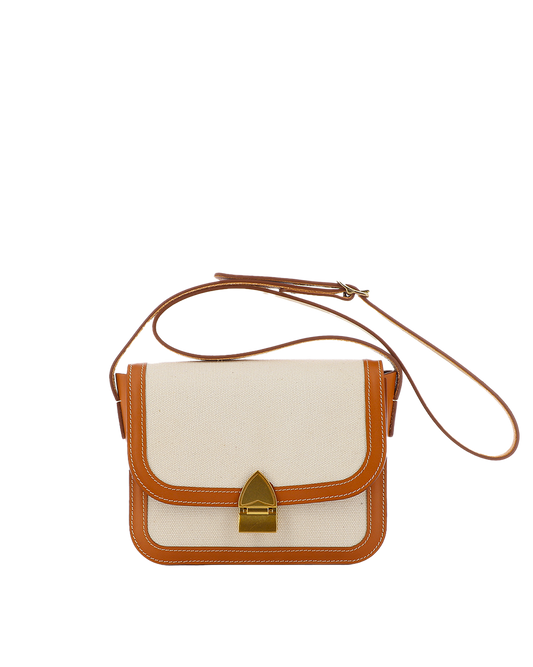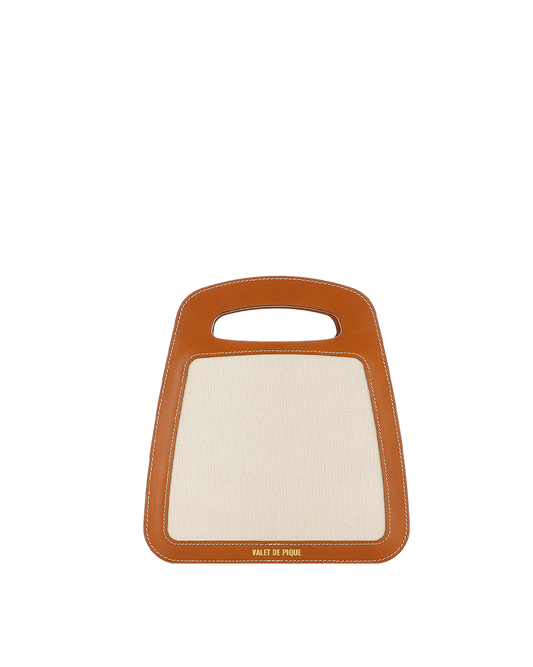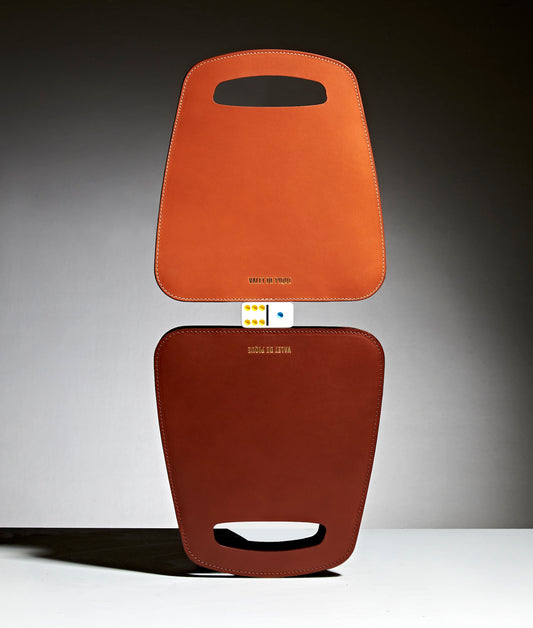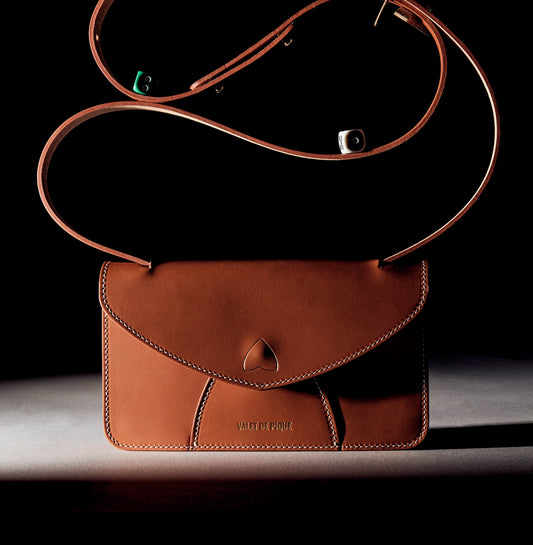In this first article of our commitment section, we address a subject that is close to our hearts: fast fashion.
Back in our great grandparents' day, it was pretty rare to see a delivery of clothes - it happened three or four times a year, when the seasons changed, or we outgrew what we had. But about 20 years ago, everything changed. Clothes became cheaper, trend cycles accelerated, and shopping became a form of entertainment.
BUT WHAT IS FAST FASHION? AND WHAT IS ITS IMPACT ON PEOPLE AND THE PLANET?
It was too good to be true. All these stores sell cool, trendy clothes that you can buy for nothing, wear once and then throw away. Suddenly, everyone could afford to dress like their favorite celebrity or wear the latest trends fresh off the runway.
Then, in 2013, the world was confronted with reality when the Rana Plaza garment manufacturing complex in Bangladesh collapsed, killing over 1,000 workers. That's when consumers really started to question fast fashion and how much those $5 t-shirts really cost. If you're reading this article, you probably already know the dark side of fast fashion, but it's worth exploring how the industry got to this point.
WHAT IS FAST FASHION?
Fast fashion can be defined as cheap, trendy clothing that samples ideas from runway or celebrity culture and turns them into clothes in high street stores at breakneck speed.
HOW DID WE GET HERE?
To understand how fast fashion came to be, we need to rewind a little bit. Before the 1800s, fashion was slow. You had to source your own materials like wool or leather, prepare them, weave them and then make the clothes.
The industrial revolution introduced new technologies - like the sewing machine. Clothing became easier, faster and cheaper to make. Garment factories sprang up to meet the needs of the middle class.
In the 1960s and 1970s, young people were setting new trends and clothing was becoming a form of self-expression, but there was still a distinction between high fashion and high-end fashion.
In the late 1990s and 2000s, low-cost fashion reached its peak. Online shopping took off and fast fashion retailers like H&M, Zara took over the mainstream fashion. These brands took the looks and design elements of the top fashion houses and replicated them quickly and cheaply. Now that anyone can buy fashionable clothes whenever they want, it's easy to see how the phenomenon has spread.
HOW TO RECOGNIZE A FAST FASHION BRAND?
There are a few key factors that are common to fast fashion brands:
Thousands of styles, touching on all the latest trends.
Extremely short time between when a trend or garment is seen on the runway, or in the celebrity media, and when it hits the shelves.
Manufacturing overseas, where labor is cheapest, with the use of low-wage workers without adequate rights and security, as well as complex and inconspicuous supply chains beyond the first level and subcontracting.
Limited quantity of a particular garment - this is an idea launched by Zara. With new stock arriving in stores every few days, shoppers know that if they don't buy something they like, they'll probably miss out.
Cheap and poor quality materials, where clothes quickly degrade and get thrown away.
WHAT IS THE IMPACT OF FAST FASHION?
The impact of fast fashion on the planet is enormous. The pressure to cut costs and speed up production time prevents the reduction of environmental impact. The negative impact of fast fashion includes the use of cheap, toxic textile dyes - the fashion industry being the second largest polluter of clean water in the world after agriculture. That's why Greenpeace is pressuring brands to remove harmful chemicals from their supply chains through its Detox The Catwalk campaign.
Cheap textiles also increase the impact of fast fashion. Polyester is one of the most popular fabrics. It is derived from fossil fuels, which contributes to global warming, and can release microfibers that add to the growing levels of plastic in our oceans when subjected to washing. But even natural fabrics can be a problem on the scale of fast fashion demands. Cotton requires huge amounts of water and pesticides in developing countries to produce.
The speed with which clothes are produced also means that more and more clothes are thrown away by consumers, creating a huge amount of textile waste. In the UK alone, 235 million garments were reportedly landfilled in spring 2017.
In addition to the environmental cost of fast fashion, there is a human cost.
Fast fashion impacts garment workers, who have been found to work in dangerous, low-wage environments without respect for basic human rights. Further down the supply chain, there are farmers who work with toxic chemicals that can have devastating effects on their physical and mental health, a tragedy highlighted by the documentary The True Cost.
Finally, fast fashion can have an impact on consumers themselves, encouraging a "throwaway" culture due to the obsolescence of products and the speed with which trends are produced. Fast fashion makes us believe that we need to buy more and more to stay on top of trends, creating a constant sense of need and ultimate dissatisfaction.
What if we bought sustainable? What if we took a step back? What if we gave up on fast fashion?
What do you think? Tell us what you think in comments!
























































